Apps Zone

The Cultural Significance of Anime and Its Global Appeal
Anime, the animated form of entertainment originating from Japan, has been a cultural cornerstone for decades, capturing the hearts of millions across the globe. What makes anime so significant is its ability to blend storytelling with rich art and immersive soundtracks, creating a unique cultural artifact that transcends language and geographical boundaries. The narrative styles in anime often draw from traditional Japanese folklore, literature, and theater, while also incorporating modern themes and international influences. This fusion creates a unique storytelling medium that resonates with a global audience, appealing to diverse tastes and preferences. Anime has a broad spectrum, from the light-hearted and humorous like "My Neighbor Totoro" to the intense and philosophical like "Neon Genesis Evangelion." Each of these works brings different stylistic choices and thematic depth, demonstrating anime's versatility as an art form. The intricate details in the characters' designs, the vivid colors, and the emotive facial expressions contribute to a visual language that, while rooted in Japanese aesthetics, speaks universally. Moreover, anime often tackles complex themes such as identity, existentialism, and societal issues, making it a subject of academic interest and analysis worldwide. The character arcs are meticulously crafted to portray growth and personal struggle, echoing real-life challenges, which enhances viewer engagement. Anime's influence can be seen in various aspects of contemporary culture, from fashion to technology, and it has inspired countless works in other mediums, including film, novels, and even video games. With streaming services making anime more accessible than ever, its reach has widened significantly, gaining a devoted following in countries where Japanese culture is not traditionally mainstream. The societal impact of anime is profound, shaping perceptions and understanding of Japanese culture on a global scale.
The Evolution of Japanese Songs: Tradition Meets Modernity
Japanese music has undergone a fascinating evolution, merging traditional sounds with contemporary genres to create a distinctive auditory experience that reflects both historical and modern influences. From the serene and meditative sounds of traditional instruments like the koto and shamisen to the energetic beats of J-pop and J-rock, Japanese music offers a rich tapestry that appeals to a variety of musical tastes. The integration of traditional music elements into modern genres like pop, hip-hop, and even electronic dance music allows Japanese songs to maintain a cultural authenticity while also appealing to a global audience. This synthesis is evident in music styles like enka, which, while rooted in Japanese folk music, incorporates Western instruments and pop sensibilities. The lyrical content of Japanese songs often explores themes of nature, love, and the passage of time, using poetic and allegorical language that adds depth and resonance. Meanwhile, contemporary J-pop and J-rock bands experiment with themes such as individuality, social issues, and futuristic visions, resonating with younger audiences. The influence of anime on Japanese music is undeniable; many anime series feature original soundtracks and theme songs performed by popular artists, further blurring the lines between various entertainment forms. For instance, anime theme songs often reach high positions on music charts, supported by their catchy melodies and relatable lyrics. Japanese music's fusion of the old and the new is not just a testament to its creative adaptability but also a reflection of Japan’s dynamic cultural landscape, where tradition and modernity coexist in harmony.
Understanding the Technical Aspects of Anime Production
Animating a successful anime involves a comprehensive and intricate process that combines creativity with technical expertise. Typically, anime production starts with developing a script, which can either be an original concept or an adaptation of existing works like manga or novels. Storyboarding is the next vital step, where the narrative is sketched out in detailed sequences to plan the visual and auditory components. Directors and animators work in tandem, overseeing every frame's artistic quality to ensure consistency and fluidity in character movements. One of the hallmarks of anime is its attention to detail; animators meticulously craft each scene to convey the desired emotion and atmosphere. Beyond traditional hand-drawn techniques, technological advancements have introduced digital animation and 3D modeling tools that allow for more dynamic and visually stunning results. However, many studios maintain a balance between digital innovation and traditional artistry to preserve the unique aesthetic that defines anime. Meanwhile, sound design plays a crucial role in anime, encompassing everything from the characters' voices to the background music that sets the tone for different scenes. Voice actors, or seiyuu, are revered for their ability to infuse characters with distinct personalities through vocal performance, making them essential to the production process. Moreover, the synchronization of sound and visuals is executed with precision, creating a cohesive audio-visual experience that captivates audiences. As anime continues to evolve, so do the techniques and technologies involved in its production, continuously pushing the boundaries of what's possible in animated storytelling.
The Intersection of Anime and Japanese Music
The synergy between anime and Japanese music is a fascinating area of exploration, as both mediums complement each other to create immersive storytelling experiences. Anime series and films often feature soundtracks that blend various genres—from classical and orchestral scores to experimental electronic sounds—enhancing the narrative and emotional depth of the visual content. These musical compositions are crafted specifically to match the mood and tempo of scenes, transforming them into unforgettable moments for the audience. Moreover, the collaboration between musicians and anime directors often leads to innovative and genre-defying works. For instance, iconic bands and artists are frequently commissioned to perform opening and closing theme songs, such as "Flow" for "Naruto" or "LiSA" for "Demon Slayer," generating additional engagement beyond animation aficionados. The success of these soundtracks extends beyond the anime industry, contributing significantly to the popularity and commercial success of the music itself. Anime conventions and music festivals are also platforms where fans celebrate this intersection, allowing performances by live bands that have contributed to anime scores. The cultural osmosis between anime and Japanese music thus creates a vibrant ecosystem where artistic expression flourishes across different media landscapes. Such interactions highlight the inherent connection between visual storytelling and musical expression, making each anime series a comprehensive sensory and emotional experience for viewers, solidifying its place in the hearts of global audiences.
Accessing Anime and Japanese Music Through Modern Platforms
The rise of digital streaming platforms has dramatically transformed how global audiences access anime and Japanese music, making it easier than ever for fans to engage with their favorite content. Platforms such as Netflix, Crunchyroll, and Funimation offer a wide array of anime series and films, both classic and contemporary, available at the click of a button. With multilingual subtitles and dub options, these platforms have significantly widened anime's reach, catering to diverse linguistic and cultural groups. In the domain of music streaming, services like Spotify and Apple Music provide access to extensive libraries of Japanese songs, ranging from pop hits to classic enka, making them accessible to international listeners. These platforms often feature curated playlists that introduce new audiences to the musical wonders of Japan, enhancing cultural exchange and understanding. Moreover, social media and video-sharing sites like YouTube allow fans to interact, share content, and even partake in fan-driven activities such as AMV (Anime Music Video) creation, further enriching the fan experience. Apps like Download for Android also make anime content easily accessible, enabling users to watch dubbed and subtitled anime on their mobile devices. This digital globalization of Japanese entertainment not only reflects the changing landscape of media consumption but also underscores the universal appeal of anime and Japanese music, as technologies continue to break down traditional barriers and foster a global community centered around a shared passion for these vibrant cultural products.
Share Your Opinion
Your Email Will Not Be Published.
All Rights Reserved © Apps Zone 2025

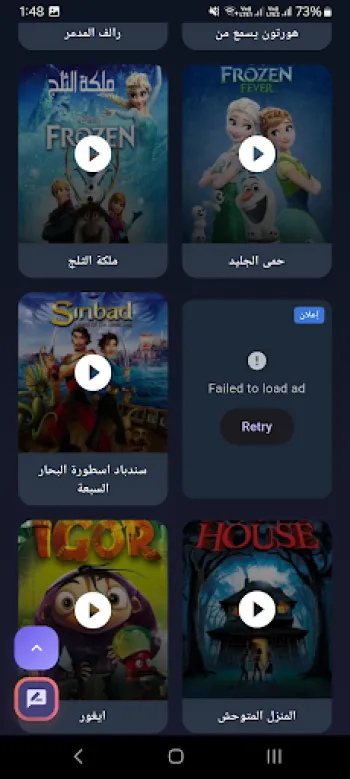
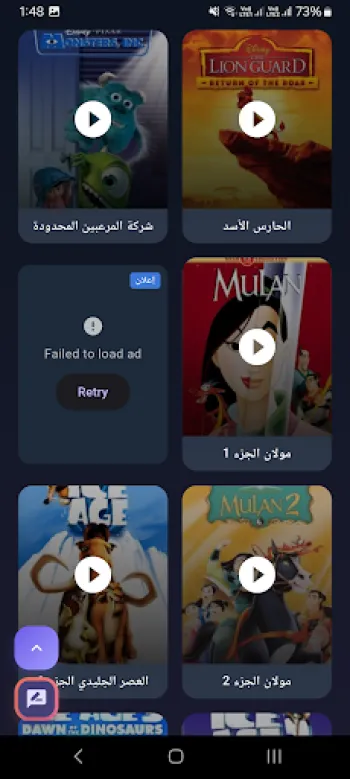
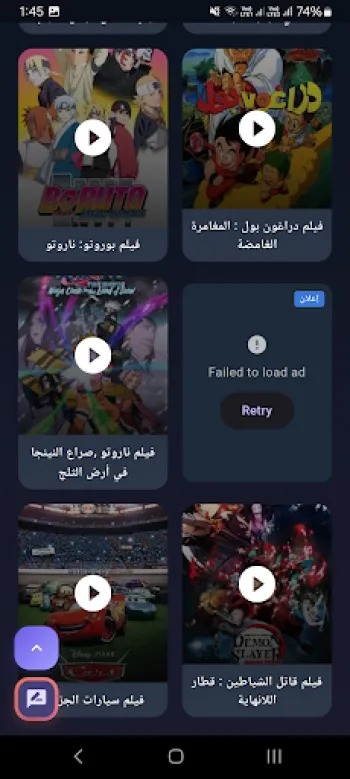


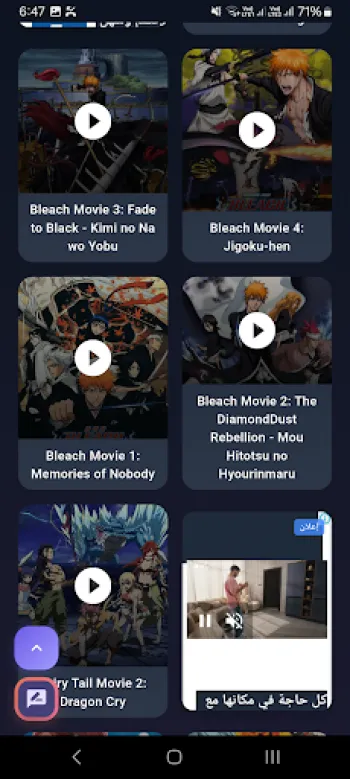
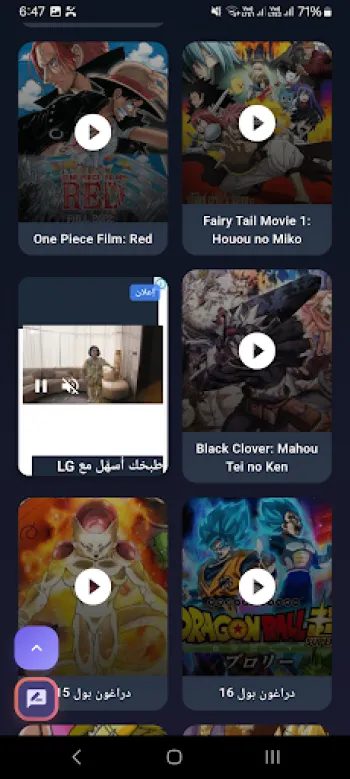


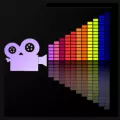





















Eyad Ahmed
ليس له مثيل
Rita Ghanem
المزيد من المحقق كونان more detective Conan
Salma Hasan Abou amer
Beautiful 😍💫
Yahya Dahbali
جميل
Moataz mansour
🤩🤩